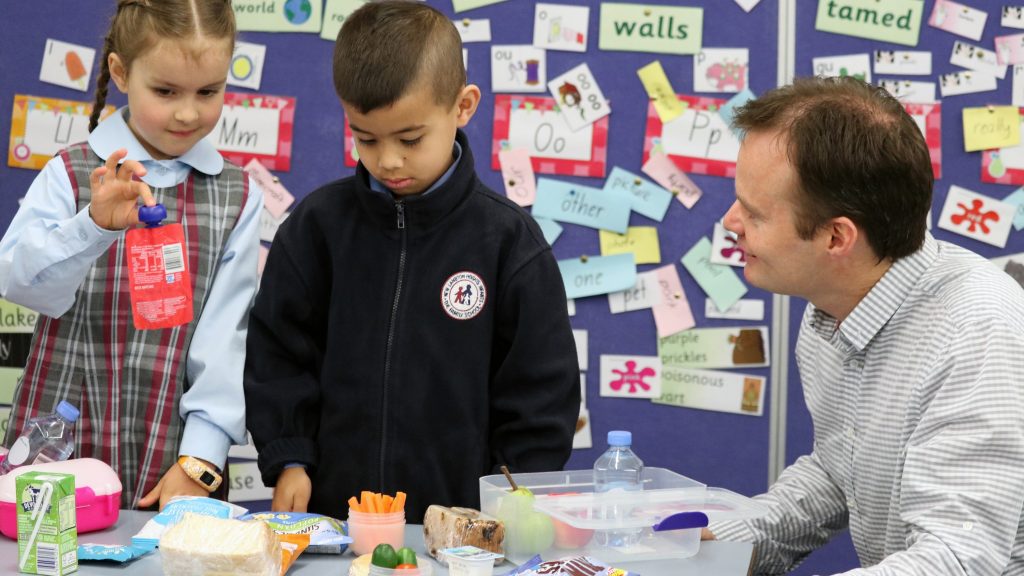Pioneer turning health and medical discoveries into better care
From the early stages of his career, Professor John Wiggers was
determined to bridge the divide between those at the forefront of scientific
research, and those in charge of delivering new treatments to patients.
Though he didn’t realise it at the time, he was a pioneer in what’s now become
known as translational research – improving the delivery of health services to patients
by translating research discoveries into practice for everyday care.
“The term translational research wasn’t around early in my career,” he
says. “I was just focused on a model that better integrated the work done by
academic and clinical researchers with the frontline services provided by healthcare
providers.”

Over the past 15 years, all kinds of benefits have resulted from
translational research, such as accelerating the use of new scientific findings
in the delivery of treatments, and fostering connections between scientists and
patient-facing healthcare workers.
But while many health systems, such as those in the UK, Australia,
Canada, and the Netherlands, have developed successful models for how
researchers and healthcare workers can partner up, translational research
hasn’t been embraced as widely as you might think.
Problems arise when researchers view health service practitioners as a
means to an end, or practitioners view researchers as competitors for scarce
resources, and not appreciative of the many constraints they’re up against on a
daily basis.
As director of Hunter New England Population Health – a health service unit
that provides medical services to 880,000 people across northern NSW – and a
researcher in the School of Medicine and Public Health at the University at
Newcastle, Wiggers has a foot in each camp.
It’s a combination of roles that he sees as regrettably rare in population
health services in Australia.
“It’s not uncommon for a doctor to be a clinical academic in a hospital surgery
or medicine department, where they split their time between research and care delivery,” he explains.
“But, as far as I know, it’s uncommon in the field of public health – and
particularly in the provision of chronic disease prevention services.”
Seeing the common disconnect between researchers and practitioners,
Wiggers’ has been working to get clinicians involved in the research early, and
vice versa.
“That dissolves barriers,” he says. “It has a synergistic impact, as
service deliverers are able to investigate their day-to-day service delivery
problems, while researchers are encouraged to pursue research that has direct, real-world
application and benefit.”
The key to
healthier kids
One such real-world application launched in 2006, with funding from the NSW Government for initiatives to help address childhood obesity. The Good for Kids Good for Life program that Wiggers pitched in response to the call for research was a perfect example of what translational research can achieve.
“The Hunter New England region is large geographically and diverse
demographically,” he says.
“We had to roll out a program to children in very different
circumstances. We spent nine months looking at evidence-based strategies that could
be implemented in settings such as childcare centres, schools, sports clubs,
Aboriginal health organisations, and GP clinics.”
There was widespread enthusiasm. About 435 schools and 261 childcare
centres improved the provision of healthy food options, and also increased opportunities
for exercise and educated students on the importance of fruit and vegetables.
Awareness was increased among parents, too, about the consequences of
eating badly and not exercising.
The Good for Kids Good for Life program successfully reduced the proportion of primary school children who were overweight or obese, and has informed the statewide implementation of the NSW Healthy Children Initiative.
The Good for Kids program has now been extended to new areas of translational research, such as the SWAP-It initiative, whereby parents and carers are encouraged to swap what’s packed in the lunchbox from ‘sometimes foods’ (biscuits) to ‘everyday foods’ (yoghurt and fruit).
“We design programs to be effective, sustainable, and scalable,” says Wiggers.
“Sustainable in that the impact is ongoing – the schools and childcare
centres continue to serve healthy food and encourage exercise, even after the
program ended. And it’s scalable because the systems we put in place were
designed so they could be applied statewide, nationwide, or internationally.”

One too many
Translational research can be useful in many public policy areas. For
example, when translational research initiatives showed that performance
feedback can be a powerful tool for change, Wiggers suggested to the NSW Police
that they could use it to combat problem drinking.
“We suggested that the police collect data on where people had been
drinking prior to being involved in an incident,” he explains.
“Monthly reports were then sent to licensed premises detailing the number
and nature of police-attended incidents that patrons were involved in. The
provision of such reports encouraged the premises to review and improve their
responsible service of alcohol practices.”
As proud as is he is of what his team have achieved, Wiggers also acknowledges
that having the good fortune of being in the right state at the right time has
played into these success stories.
“NSW Health deserves credit for its long-term support of translational
research,” he says.
“As well as funding medical research institutes, such as the Hunter Medical Research Institute, it also funds the Translational Research Grants Scheme, which has turned out to be a powerful agent of change through supporting research by those employed by a health service.”
Though grant recipients are encouraged to partner with academics, the focus on enabling research by those engaged directly with patients has made a big difference, Wiggers explains.
“It has the potential for the findings to be implemented in practice far more rapidly than has historically been the case,” he says.
By Nigel Bowen
Updated 6 months ago